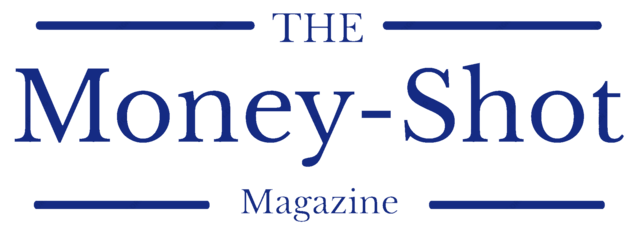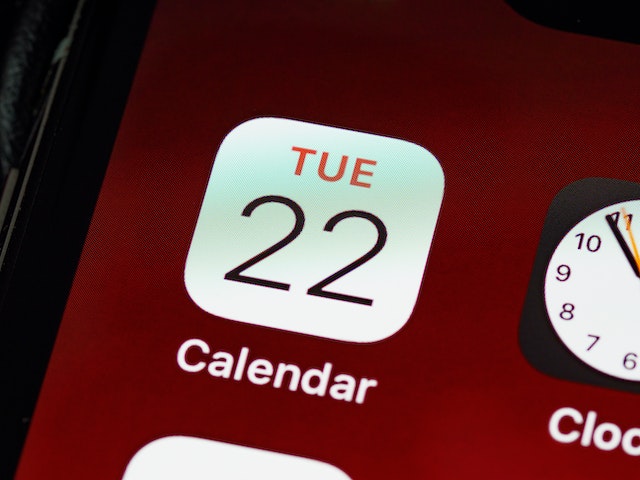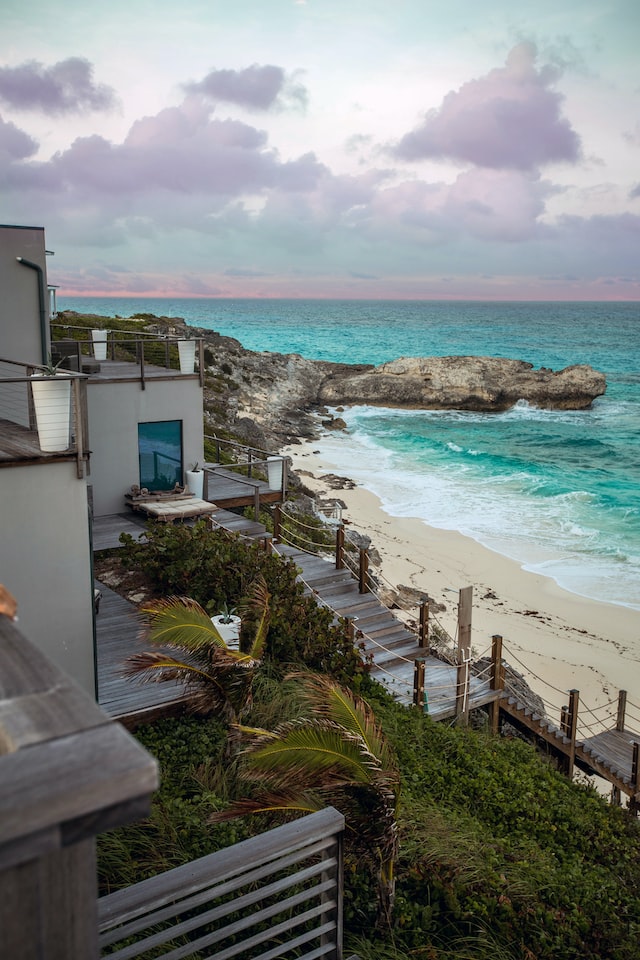A daily planner can help you stay organized. It lets you identify free spots in your schedule and make time for your loved ones. This way, you’ll never forget to attend an important meeting or family event. Plus, you’ll have more time to do the things you enjoy most.
Benefits
Creating a daily planner with a daily planner template is a great way to increase productivity. Not only can it help you stay organized, but it will also help you stay healthy by keeping track of your diet and regular doctor visits. Planners can also be helpful for creative pursuits such as art. If you’re not into the idea of a planner, you can use it as a journal to document your ideas and experiences.
It can help you keep track of the many activities and errands you have on your schedule. Creating a daily planner can also help you identify free spots in your schedule to dedicate more time to important things like spending time with your family. You may even find that you have more free time than you thought. Writing down your appointments and tasks helps improve your memory. As a result, you won’t waste time on mindless transcription and will be more likely to retain information in front of you. Making a daily planner can also improve your productivity by making you more organized and less likely to procrastinate.
Color-Coding
When it comes to organizing your daily planner, color-coding can be an excellent way to keep track of task lists. This method adds structure and organization to your workday and can help you remember important details like deadlines, appointments, and projects. In addition, you can use different colors to indicate different types of tasks or days of the week. The first step in color-coding a daily planner is to create a color-code key. This key will keep track of the different shades of colors that you use for different types of tasks. You can include this on a spare planner or bullet journal page. In addition to dividing tasks into categories, you can assign different importance levels to certain tasks.
Stress Reduction
Getting a daily planner can help you reduce your stress. However, deciding which type will work best for you is important. Some people use a computer program, while others prefer to keep a physical planner. Either way, planning with a planner will reduce your stress and anxiety. One method is to write down your daily to-do list. Write down everything that needs to be done in the day, from big office tasks to small ones, such as washing the car. Writing down everything will keep you from forgetting anything. This strategy will also help you to stay on top of your tasks and avoid feeling overwhelmed.
Another technique is to set reminders on your phone calendar. It’s essential to keep track of your schedule, so you don’t forget something important. It’s also helpful to plan your day so you don’t have to scramble around. Being all over the place and waiting until the last minute greatly increases stress.
Organization
Whether you have to meet deadlines or want to stay organized, a daily planner can help you stay focused on your tasks. It breaks down large projects into small tasks and helps you track progress. You’ll feel motivated when you can cross things off your list and see you’ve accomplished something important. One of the most important benefits of a daily planner is that you can prioritize tasks and ensure they have a deadline. You can also use the planner to take notes, which can help you reflect on them later. It’s also a good idea to write down random thoughts and ideas since they will help you remember them in the long run. A daily planner will also help you keep track of important dates. You can use your planner to remember essential work meetings, due dates, birthdays, and special occasions. In addition, a planner can help you remember Zoom meetings and phone calls. It will keep you on track with everything, including those things you’ve been putting off.





